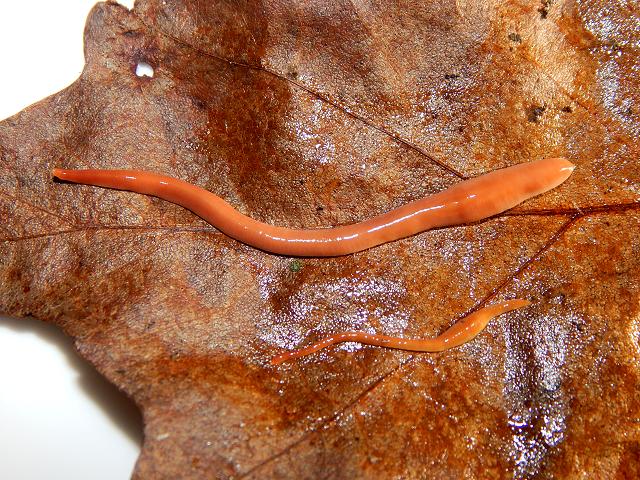
APHOTOFAUNA
An online educational resource dedicated to the photography of
terrestrial wildlife and their habitats, found across South-West
England and the Devon and Cornwall Peninsula by David Fenwick.
Australoplana sanguinea (Moseley, 1877) - Australian Flatworm (Platyhelminthes images)
Scroll down and rollover titles to change screen image or click on title to view image.
Australian Flatworm
Australoplana sanguinea
- flatworms on leaf 1
Australoplana sanguinea
- flatworms on leaf 1
Australian Flatworm
Australoplana sanguinea
- flatworms on leaf 2
Australian Flatworm
Australoplana sanguinea
- flatworms on leaf 3
Australian Flatworm
Australoplana sanguinea
- eye spots on anterior 1
Australian Flatworm
Australoplana sanguinea
- with 1.0mm division rule 1
Three specimens found under leaf litter in Morrab Sub-tropical Gardens, Penzance, Cornwall. 29.11.16.
Australian Flatworm
Australoplana sanguinea
- in worm hole 1
Australian Flatworm
Australoplana sanguinea
- in worm hole 2
Australian Flatworm
Australoplana sanguinea
- on a stone 1
Australian Flatworm
Australoplana sanguinea
- under a piece of slate 1
Australian Flatworm
Australoplana sanguinea
- under a piece of slate 2
Australian Flatworm
Australoplana sanguinea
- under a piece of slate 3
Australian Flatworm
Australoplana sanguinea
- head with eye spots 1
Australian Flatworm
Australoplana sanguinea
- head with eye spots 2
Australian Flatworm
Australoplana sanguinea
- front end 1
Australian Flatworm
Australoplana sanguinea
- amongst debris / litter 1
Australian Flatworm
Australoplana sanguinea
- amongst debris / litter 2
Australian Flatworm
Australoplana sanguinea
- between concrete slabs 1
Australian Flatworm
Australoplana sanguinea
- between concrete slabs 2
Australian Flatworm
Australoplana sanguinea
- between concrete slabs 3
Australian Flatworm
Australoplana sanguinea
- between concrete slabs 4
Australian Flatworm
Australoplana sanguinea
- on black background 1
Australian Flatworm
Australoplana sanguinea
- on black background 2
Australian Flatworm
Australoplana sanguinea
- on black background 3
Species was found under a piece of slate in a walled garden at the National Trust's Trengwainton Gardens, near Madron, Penzance. 04.06.13; at Penzance Cemetery, Penzance. 14.06.13; Morrab Gardens, Penzance, 17.10.13 and 23.10.13; and wasteground south of Newlyn, Cornwall, 25.09.16.
This species originates from Australia and is known to eat worms in the UK.
APHOTOFAUNA supports open source data recording and sharing for the benefit of wildlife, recorders, research, science and education. The project works closely with the following bodies and organisations.
The CISFBR or Cornwall and Isles of Scilly Federation of Biological Recorders is an independent umbrella organisation supporting independent recorders and recording groups in the county of Cornwall.
The Cornish Biodiversity Network or CBN is the largest open source wildlife database in Cornwall that sends open source data to the NBN (National Biodiversity Network). It is a new recording system based on the ERICA database, the largest recording resource in Cornwall. The CBN best supports the activities and needs of the independent recording community and recording groups in Cornwall.
The National Biodiversity Network or NBN is a charity that supports open source data sharing and recording supporting conservation, science and education.
"Why do recorders need open source?". Simply because it supports the core values of wildlife recording and the free use of records and data over a very wide network that includes partners like the Natural History Museum.

The main objective of this website is in furthering environmental awareness and education through the medium of photography. To increase awareness and access to the wildlife of the region and help
people find and identify it. Sometimes the difference between species is obvious but many species can only be determined by observing microscopic characteristics that are specific to any one species.


